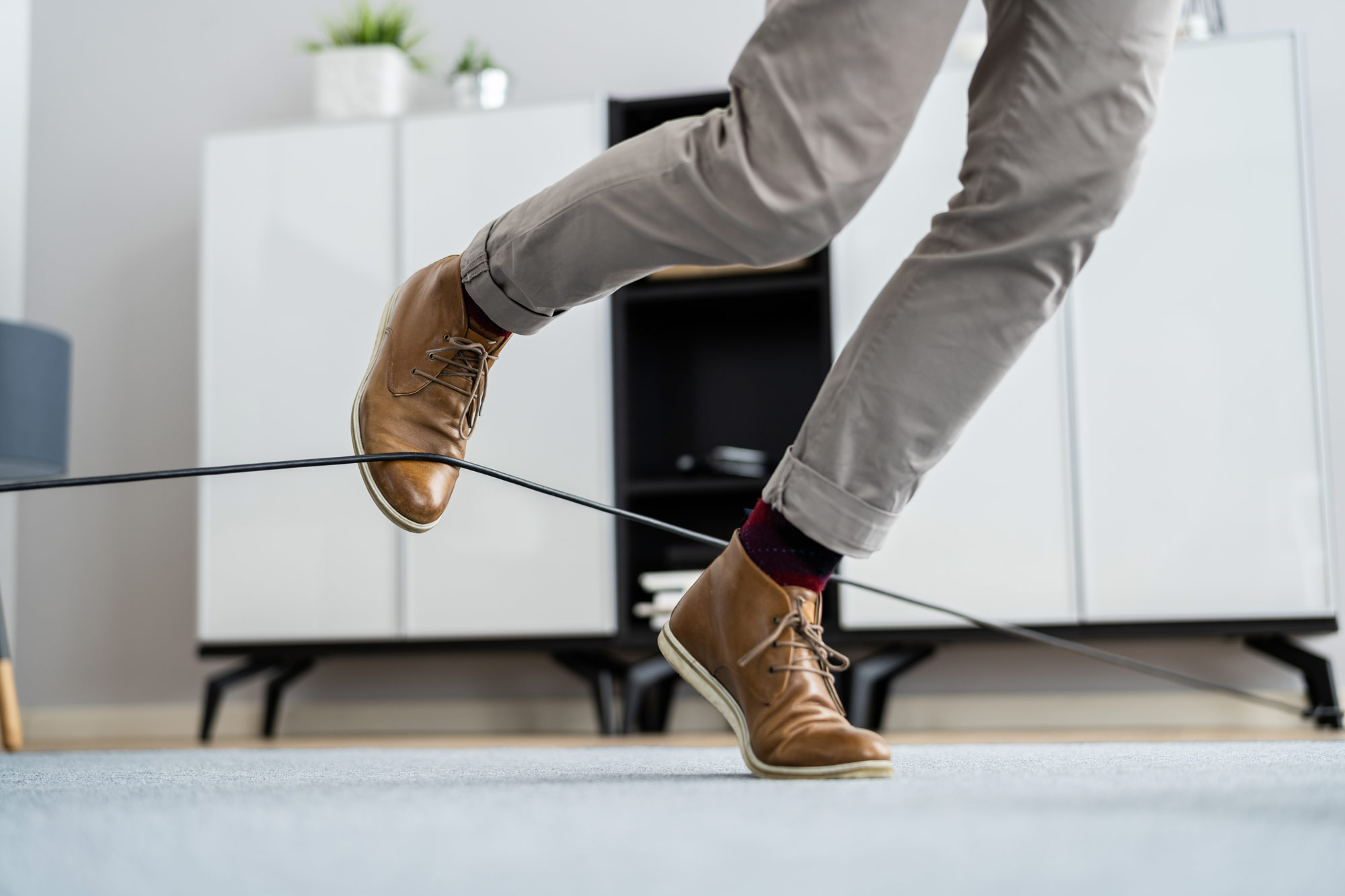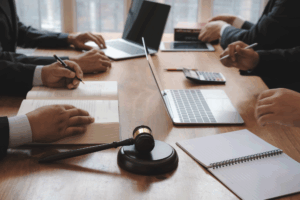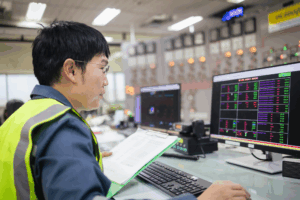
Don’t fall for workplace trip hazards, eliminate them
Slips, trips, and falls are among the most common workplace accidents and causes of injuries, some of which are serious enough to result in lost workdays and high medical costs.
You don’t have to fall from a great height to get injured. Many workplace fall injuries occur on level ground when employees trip over unexpected objects in their path. While slips, trips, and falls may not be among your most pressing safety concerns, remember that even a little trip can result in a serious injury. Injuries from trips and falls include strains or sprains, torn ligaments, broken bones, or even back or spine damage. Major head injuries are also possible if an employee trips and falls head-first down the stairs or into a wall.
Best practices for eliminating workplace trip hazards
Take a look around. You’ll probably find more than a few trip hazards lurking in your workplace. Common workplace trip hazards include:
- Poor housekeeping
- Cords in walkways
- Improperly stored materials
- Cluttered or poorly designed work areas
- Poor visibility
- Carelessness
- Open drawers
- Uneven, defective flooring
Fortunately, it’s not too hard to eliminate these and other workplace trip hazards. Try some of these simple but effective strategies:
- Emphasize and enforce good housekeeping rules
- Make sure lighting inside and outside your facility is adequate, and have maintenance check routinely for burned-out bulbs and other lighting problems
- Design work areas to allow plenty of room for employees to move around safely
- Keep flooring and stair treads in good condition
- Conduct regular inspections to check for trip hazards
Train employees to recognize and eliminate trip hazards
Management can’t prevent trip injuries alone. You have to enlist the help of employees. The best way to do that is through training sessions and safety meetings where you can teach employees about workplace trip hazards and precautions. Emphasize training points, such as:
- Keeping work areas neat and tidy and putting tools and materials away after use
- Picking up items from the floor even if you didn’t put them there
- Stepping around obstructions, not on or over them
- Walking slowly and making sure you can see where you’re going, especially when carrying a load
- Watching for changes in floor level–such as a few steps or a ramp up or down
- Watching your step before entering and leaving elevators
- Immediately reporting lighting problems to maintenance
- Using a flashlight in dark areas, such as outside the facility at night
- Not leaving boxes, bags, tools, or other materials on the floor
- Not laying cords or power cables across walkways
- Not leaving any items on stairs
- Not leaving drawers open



